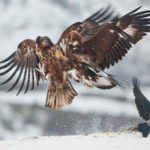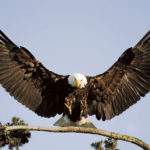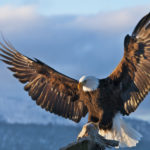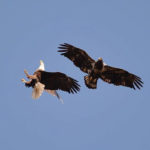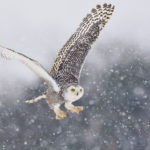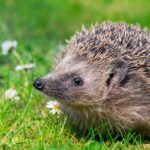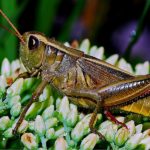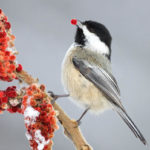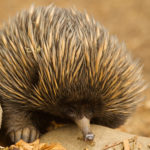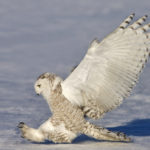20 interesting facts about the steppe eagle
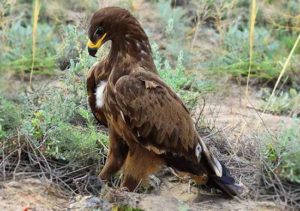 The mighty steppe eagle is the true master of the plains. Nothing escapes his vigilant gaze, and the frantic speed with which he dives leaves no room for his potential prey. No wonder the steppe eagle is a symbol of pride among many peoples – it is impossible not to admire this bird.
The mighty steppe eagle is the true master of the plains. Nothing escapes his vigilant gaze, and the frantic speed with which he dives leaves no room for his potential prey. No wonder the steppe eagle is a symbol of pride among many peoples – it is impossible not to admire this bird.
He preys mainly on small animals, but sometimes eats insects. In this case, he lands and behaves like some kind of domestic chicken, carefully collecting prey and digging the ground with powerful paws.
The males of the steppe eagle never hatch eggs, leaving this female occupation. The male at this time hunts and brings food to his second half.
The dimensions of the nest of the steppe eagle can be very impressive – more than a meter in diameter.
Diving for prey, this bird can reach speeds above 300 km / h.
The steppe eagle practically spends no effort to stay in the air, so it can soar for hours in the air without getting tired.
The geometry of the wings of the steppe eagles formed the basis of many developments in the field of aviation. Studying these birds has helped create much more efficient systems.
The steppe eagles have not one eyelid, but two. One protects the eyeballs from wind and dust, and the other is used during sleep.
These birds sometimes die when they sit on high-voltage wires and receive an electric shock.
The life span of steppe eagles can reach forty years or more.
The steppe eagle is listed in the Red Book of Kazakhstan.
Steppe eagles usually pair once and for life. But in the event of the death of a partner, the second member of the couple can find a new one.
There are 5 times more sensitive cells in eagle eyes than in human eyes. This explains the incredible visual acuity.
In transparent air, a steppe eagle is able to see a mouse at a distance of up to two kilometers.
Usually the female of this bird lays only one egg. Sometimes two, very rarely three.
In the absence of more suitable food, the steppe eagle can even temporarily become a scavenger.
Even an amateur can easily distinguish a steppe eagle from any other – almost all individuals of this species have a noticeable red spot on the occipital part of the head.
By the shade of plumage, you can approximately determine the age of the steppe eagle. The feathers of them begin to darken at the age of about four years, so that adult birds are always darker than their young relatives.
Most of the steppe eagles live in Russia, Kazakhstan, China and Mongolia. But for the winter, they fly to warmer climes, to the Middle East, to South Asia and even to Africa.
Despite all the efforts made, the steppe eagles are threatened with complete extinction, as their population continues to decline.
Steppe eagle chicks learn to fly as early as two months old.


